Vaccine-Preventable Diseases
Vaccines are available for many diseases caused by bacteria, parasites, and viruses. This was not always the case. The first vaccine was developed in 1797, and it was against smallpox. The next vaccine for a human disease would not come until almost one hundred years later, when Louis Pasteur developed the rabies vaccine. Since then, vaccination has targeted dozens of infectious diseases, with several of them brought under control. Nevertheless, only smallpox in humans and rinderpest in cattle have been eradicated.
Eradicated or About to Be Eradicated
Only one human infectious disease has been eradicated through vaccination: Smallpox. A second one is on the verge of eradication: Polio. Two of the three known types of poliovirus have been eradicated, and the wild type of the third is only found in a few countries in Central Asia. (There are some vaccine-associated cases found in countries still using the oral polio vaccine.)
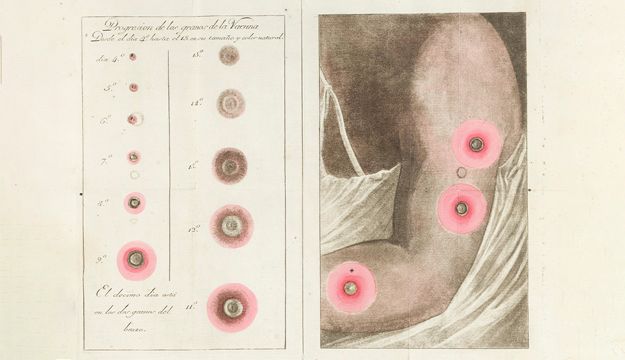
Smallpox
As the only human infectious disease to be eradicated through vaccination, the history of smallpox encapsulates the need for ingenuity, creativity, and public buy-in on vaccination to defeat a once great scourge.
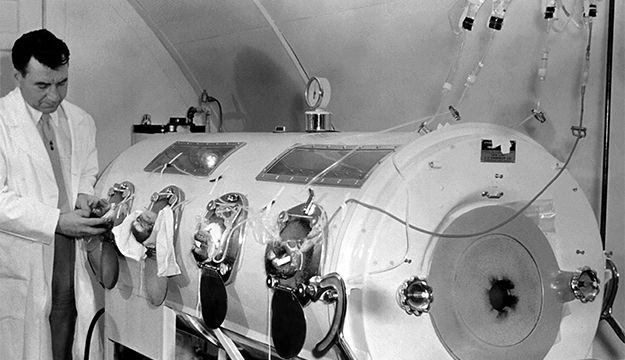
Polio
Polio epidemics primarily hurt children by paralyzing or even killing them. This led to a race for a vaccine that brought together science, governments, and parents. Only one of three known types to go before eradication.
The Elusive Virus
A vaccine for HIV has been in the works for four decades. Why have scientists not found one?
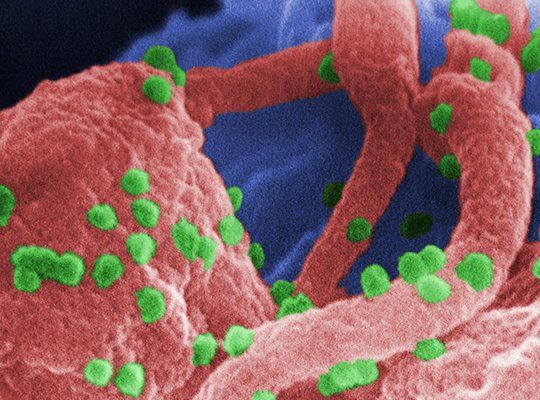
Human Immunodeficiency Virus (HIV)
The HIV pandemic is over 40 years old now. A vaccine against HIV has been elusive, but antiretroviral medication has made significant advances in treating and preventing HIV infection and its long-term complications.
Childhood Killers
Diphtheria and measles killed thousands of children each year before their respective vaccines were developed. Since the diphtheria vaccine began to be widely used in the 1930s, and the measles vaccine in the 1960s, cases of both diseases dropped precipitously. Today, cases of diphtheria are less than one per year in the United States, and cases of measles occur mostly among the unvaccinated.

Measles
Measles is a viral infection caused by a virus in the Morbillivirus genus. The classic presentation of measles is fever and rash, but about 1 in 1,000 people can have serious complications from the disease. Before the vaccine was developed in the 1960s, measles cases numbered in the millions in the United States, with hundreds dying from complications.
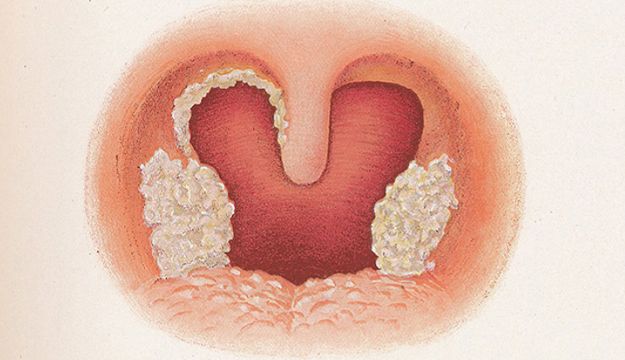
Diphtheria
Diphtheria is a bacterial infection caused by Corynebacterium diphtheriae. In non-immune children, and if left untreated, it creates a pseudomembrane that can asphyxiate them. Before the vaccine, there was an antitoxin to treat it. Combined with antibiotics, the vaccine has brought cases to only a handful in the last decade in the United States.
Yellow Fever
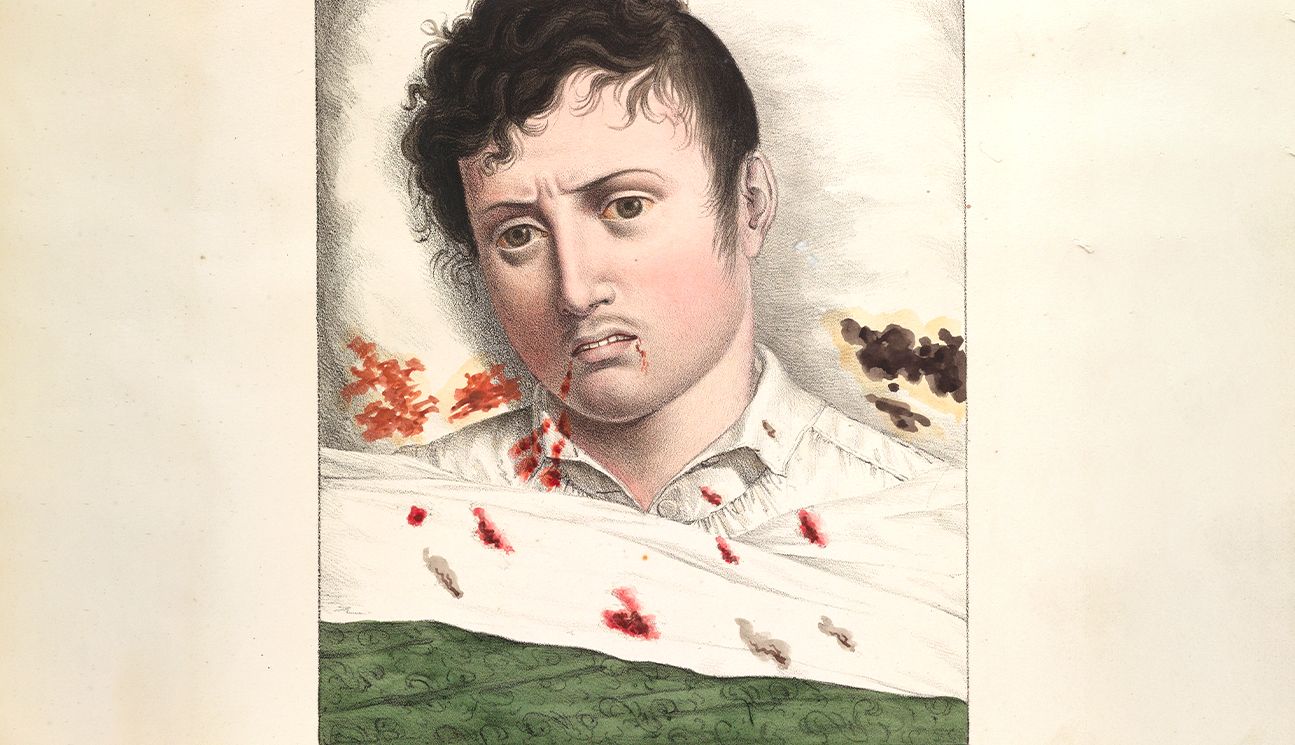
Yellow fever is a disease caused by a virus that is tranmitted by mosquitoes. It is one of the few vaccine-preventable diseases for which a travel certificate is required to enter certain countries.